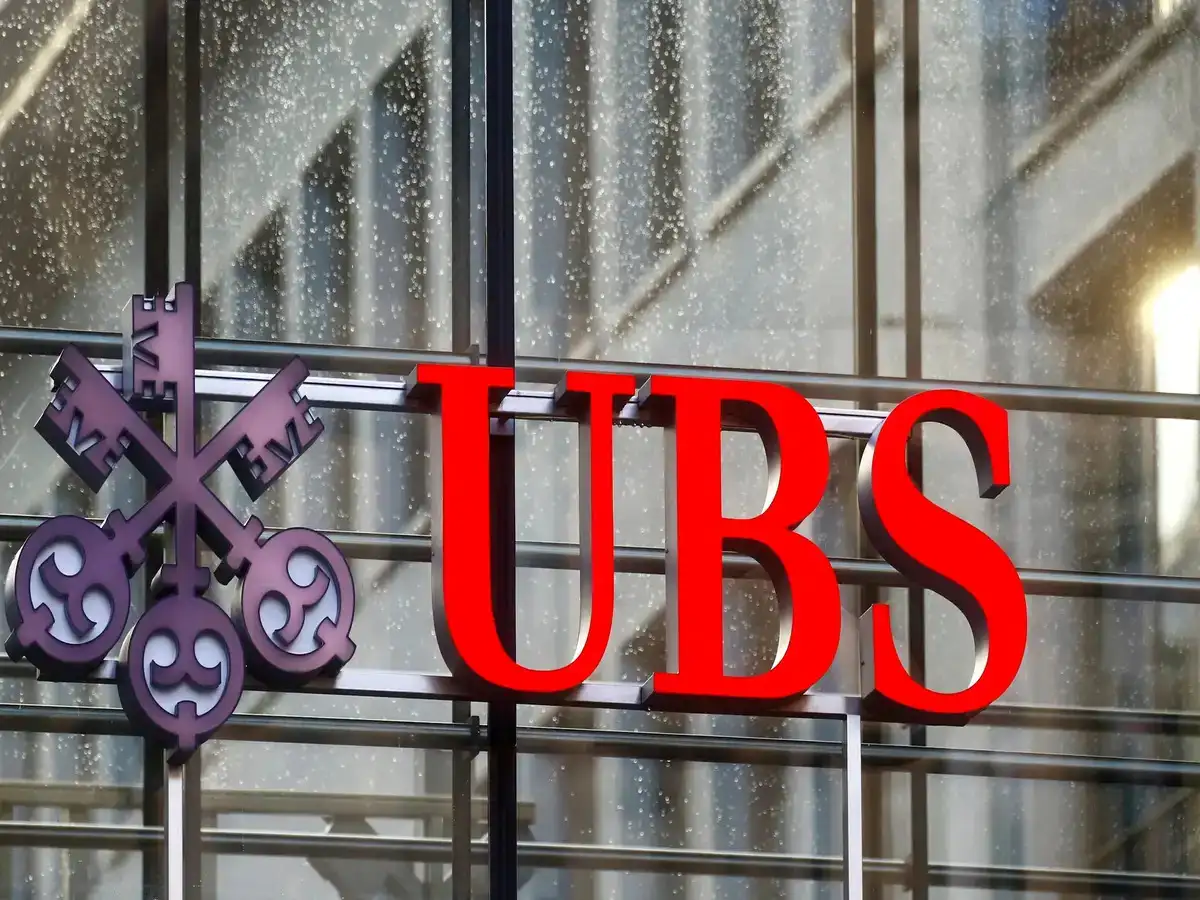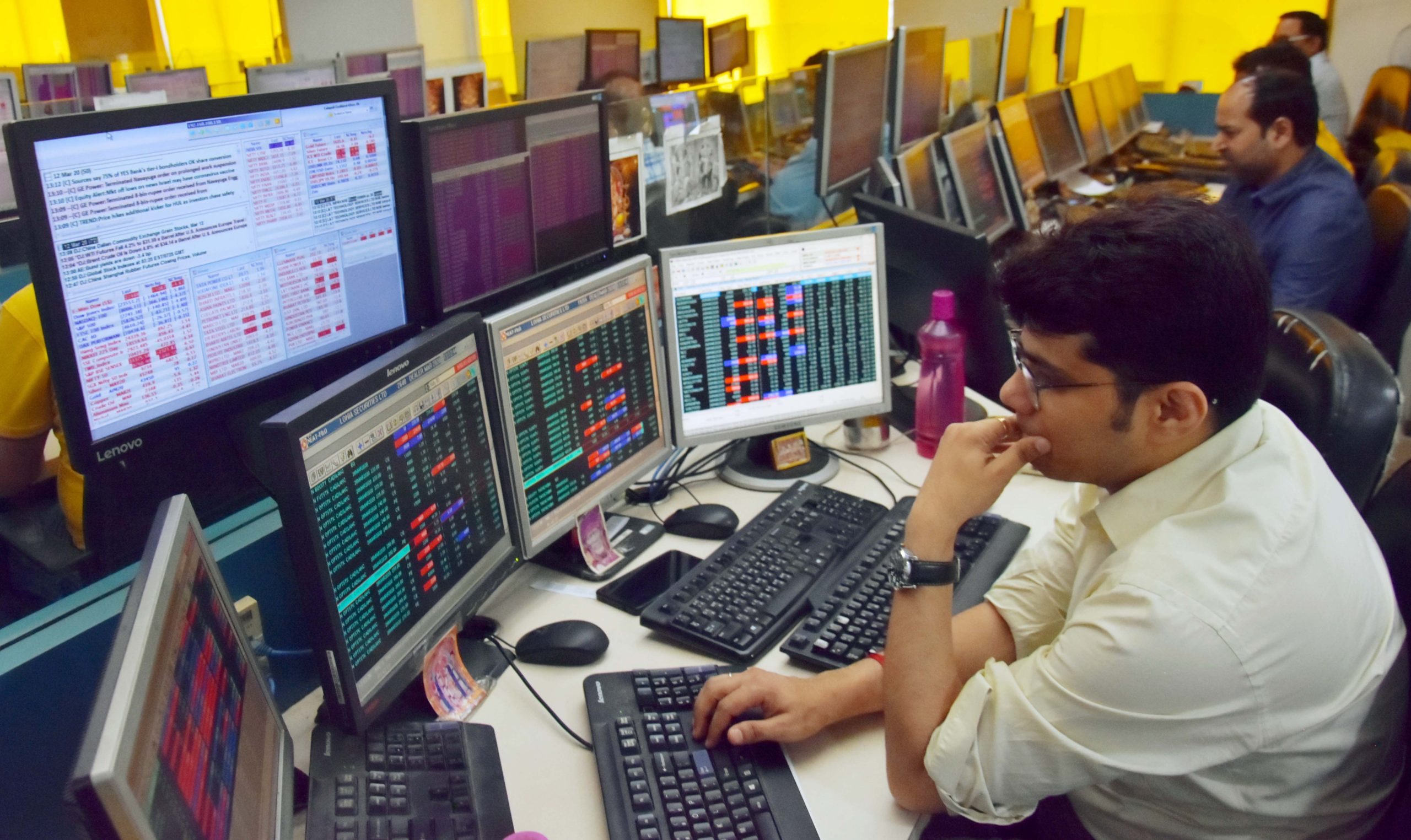
Understanding the Current U.S. Market Landscape According to UBS
In recent analyses, UBS, one of the world’s leading financial institutions, has taken a close look at the U.S. equity markets to identify potential vulnerabilities and opportunities. Their comprehensive review emphasizes that while there are noticeable soft spots within the market, these do not point toward any major structural issues that could jeopardize long-term stability. This nuanced perspective is vital for investors who are trying to navigate the complex landscape of the U.S. economy amidst global uncertainties.
Identified Soft Spots in the U.S. Market
Market Momentum and Valuations
One of the primary concerns highlighted by UBS pertains to the **valuation levels** of certain sectors. With equity prices reaching historically high valuations, some analysts worry about a possible correction. Notably, technology and growth stocks have seen significant appreciation, raising questions about sustainability. UBS suggests that while these sectors remain attractive, investors should be cautious and watch for signs of overextension.
Economic Indicators and Consumer Behavior
Another soft spot involves recent shifts in economic indicators. Although the U.S. economy continues to grow, certain signals—such as slowing manufacturing output and reduced consumer spending—raise eyebrows. UBS points out that these signals might indicate a **gradual cooling** rather than a looming recession. The resilience of the consumer sector, bolstered by robust employment figures, remains a key point of confidence, even as some economic indicators soften.
Interest Rates and Inflation Dynamics
Interest rates, a critical component of market health, are also under scrutiny. The Federal Reserve’s ongoing stance on interest hikes to combat inflation is influencing borrowing costs and corporate profitability. UBS notes that rising interest rates could eventually dampen investor enthusiasm, especially if inflation persists longer than expected. However, current moderate rate increases are viewed as manageable, and their impact appears manageable in the short term.
Absence of Major Structural Concerns
Financial System Robustness
A reassuring aspect of UBS’s report is the absence of major structural flaws within the financial system. The banking sector remains well-capitalized, with prudent regulatory oversight and risk management practices in place. This resilience provides a buffer against potential shocks and helps sustain the overall stability of financial markets.
Corporate Fundamentals
Fundamentally strong corporate balance sheets and healthy profit margins underpin the market’s confidence. Despite some sector-specific weaknesses, most companies maintain adequate liquidity and profitability, which supports market stability and reduces the risk of widespread insolvencies.
Market Liquidity and Investor Sentiment
Market liquidity remains solid, facilitating smooth trading and investment flows. Investor sentiment, while cautious, has not reached panic levels. This balanced perspective suggests that while caution is warranted, there is no imminent risk of a market collapse rooted in systemic flaws.
Implications for Investors
- Diversification is Key: Given the soft spots and areas of concern, investors are advised to diversify their portfolios across sectors and asset classes to mitigate risks.
- Stay Vigilant on Valuations: Keep an eye on valuation metrics, especially in high-flying sectors like technology and fintech, where overvaluation risks are more pronounced.
- Monitor Economic Indicators: Watch for changes in economic data, including employment, manufacturing, and consumer spending, to better anticipate market movements.
- Interest Rate Strategies: Adjust positions based on the Federal Reserve’s policy outlook, considering the impact of rate hikes on borrowing costs and equity valuations.
- Focus on Fundamentals: Prioritize companies with solid financial fundamentals that can withstand macroeconomic shifts.
Future Outlook
While UBS emphasizes caution due to the soft spots identified, their overall outlook remains cautiously optimistic. The absence of major structural problems suggests that the market can absorb short-term shocks without descending into a systemic crisis. However, the current environment warrants prudence, especially as global factors—such as geopolitical tensions and international economic developments—continue to influence U.S. markets.
Investors are encouraged to maintain a balanced approach, staying informed through ongoing analysis and adjusting strategies accordingly. The resilience of the U.S. economy, coupled with sound corporate fundamentals, provides a foundation for cautious optimism in the near to medium term.
Conclusion
In summary, UBS’s assessment offers a nuanced perspective—acknowledging existing soft spots within the U.S. market while reassuring that these do not currently threaten the fundamental stability of the financial system. This balanced analysis provides confidence for investors to remain engaged, but with a prudent and informed approach.
As always, continuous monitoring of market developments and macroeconomic indicators is essential for navigating this complex environment. While caution is advisable, the overall outlook remains positive provided investors approach with diligence and strategic foresight.
For more updated news please keep visiting Prime News World.









